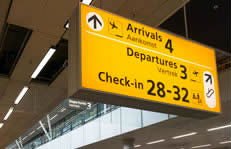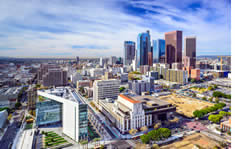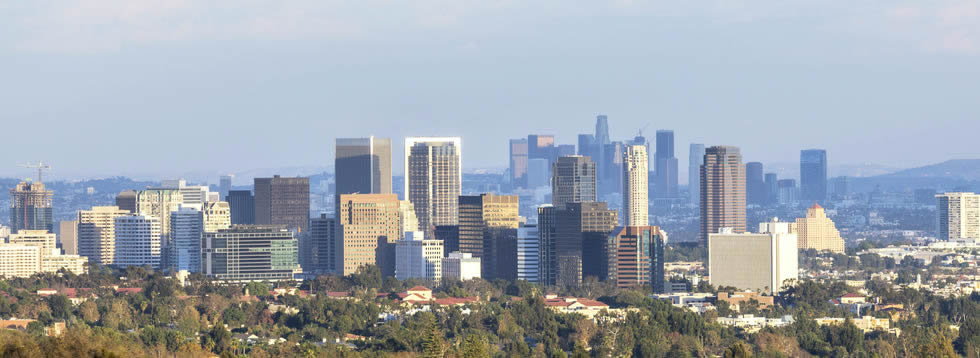Trusted service since 2003
Flight Delayed? We wait.
24/7 Customer Service
| ||
| |||
 |
| ||
 |
| ||
Surrounding Los Angeles Cities Airport Shuttle Service
The city's metro system is the ninth most active in America and its own light rail system is the nation's second most active. The railway system comprises the Red and Purple metro lines, along with the Expo, Green light, Blue, and Gold rail lines. Silver lines and the Metro Orange are the only bus rapid transit lines with frequency and stops similar to all those of light rail. The city is, in addition, serves as the center to Metrolink as the county’s commuter rail system, which links many neighborhoods too just as it does with Los Angeles city to all nearby counties.
It was decided the cities surrounding Los Angeles that would now be referred to as ‘Los Angeles’ Surrounding Cities’ would also have the title ‘Los Angeles-Long Beach-Riverside, California.’ And now with two titles, the United States census Bureau tallies up the total area to be the ‘surrounding area’ would be an astonishing almost thirty four thousand square miles, and Los Angeles was slimmed down to a sleek four thousand eight hundred and fifty square miles. The five counties mentioned above were now the second biggest surrounding area.
| Surrounding Los Angeles Cities |
 | The Neighborhoods of Los Angeles are situated on the hilly and flat terrains of the county. The highest elevated level in the area is the heights of Mount Lukens at 5,074 feet, situated at the north-eastern side of the San Fernando Valley. |
| About Surrounding Los Angeles Cities There is also the eastern part of the Santa Monica Mountains and the San Fernando Area, which stretches to the Pacific Ocean from Downtown and separates the Los Angeles Basin. Other hilly areas of its neighborhoods comprise the Mt. Washington region located north of Downtown, its eastern areas such as Boyle Heights, the district of Crenshaw is situated around San Pedro region and the hills of Baldwin. East Los Angeles and Huntington Park are both large neighborhoods outside of Los Angeles’s city limits. Some of the residents in these surrounding cities commute to Los Angeles airport by shuttle rides for quick transfers. The LA River, which is mostly seasonal, provides the county’s major channel of drainage in the region. In a way of controlling flood in the area, the Army Corps of Engineers constructed and aligned 51 miles of concrete by the river to serve as the county’s control channel. The water starts in the Canoga Park area of the town, running east from the San Fernando Valley through the north border of the mountains of Santa Monica, where it turns south through the central city, and flows into its mouth in the Long Beach Port in the Pacific Ocean. The Ballona Creek that is smaller flows at Playa del-Rey in the Santa Monica Bay. Los Angeles’ surrounding cities are also called Greater Los Angeles South. Actually, it has another name, too: Southland, and got this name because it is the second-largest region, which is urban, in the United States. It is just taking land from Ventura County to Riverside County to Orange County to Los Angeles County all the way over to San Bernardino County. Los Angeles is full of native plant species which might be as a result of its diversity in habitats, including sea shores, wetlands, and mountains. The botanic surrounding, which is the most common is the coastal sage scrub, and can be easily discovered in the hillsides of combustible chaparral. Some of the native plants that can be found there include: California poppy, Giant Wildrye, matilija poppy, Coast Live Oak, and Toyon,. A number of these native species, like the Los Angeles sunflower, have become very scarce to the extent that they can be considered to be endangered plant species. Although it does not originate from the region of Los Angeles, the Coral tree also known as Eryhrina caffra is the official tree of Los Angeles while the Bird of Paradise, also known as Strelitzia reginae is the county’s official flower. California Fan Palms, Canary Island Palms, Mexican Fan Palms, Date Palms, and Queen Palms are typical in the Los Angeles region, although only California Fan Palm is native. During the summer time, the average high for the area is eighty five degrees Fahrenheit, with lows in the mid-sixties. Wintertime temperatures on average stay in the upper forties for the lows and rise into the upper sixties during the day. Humidity is above eighty percent in the mornings, but the haze burns off once the sun rises and it drops to fifty percent. This little piece of history ready wants to teach you about Los Angeles’ surrounding cities! For example: Did you know in the twentieth Century, the area around Los Angeles was the fast growing regions in the United States? The US Census reported that the population was over seventeen million residents living in the surrounding big cities around Los Angeles. February is usually the area’s wettest month, with just under four inches of rain. June and July are very dry. Water use is most often carefully regulated during the summer to ensure that there is enough drinking water available. Total, the area usually sees less than fifteen inches of rain. The residents rely on snow melt from the mountains farther north to supply the necessary water. There are two hundred fifty five days of sunshine each year on average. The average commute time for workers driving into Los Angeles is thirty minutes. There are bus routes available, but the majority of residents drive a personal car into the city every day. | |
 +1 646 480 6835
+1 646 480 6835



